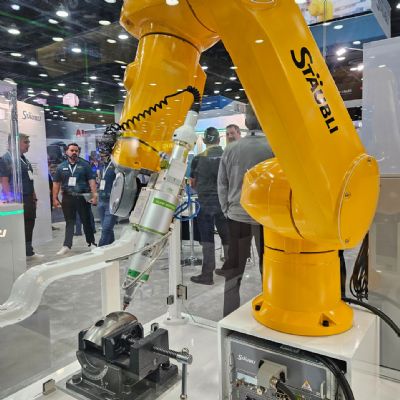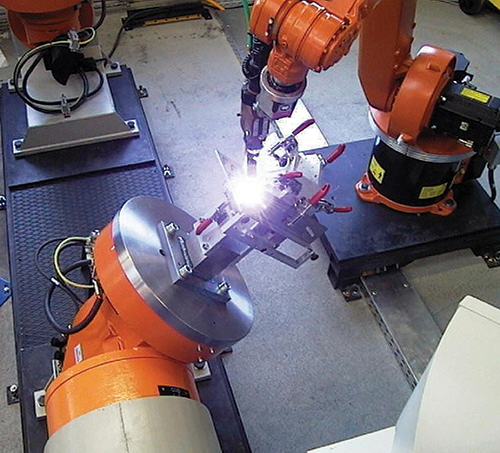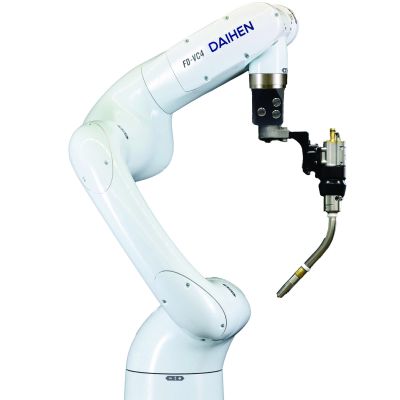3. Steady Production
After reaching $32 billion in 2017, according to Technovia Research, we can expect the global robotics market to top $75 billion by 2022. The 200-plus-percent growth rate reflects the increasingly important role of robotics in society. Once dismissed as a far-off fantasy, robots have popped up in workplaces across industries. For some, however, the emergence of robotics is not a welcome sight.
A recent study published by Elsevier Ltd. suggests that employees working in industries with a higher risk of automation may experience a decrease in physical and mental health. Although concerns over robots are widespread, a closer look at the impact of innovation reveals not much to worry about. In fact, robots are poised to help more than they hurt.
Whether through an upcoming vacation or family emergency, human workers may not be available in several situations. Robots, on the other hand, can start working at a moment’s notice. Just remember to schedule regular maintenance.
In addition to mitigating the impact of rising steel and aluminum prices, you can leverage productivity gains to enhance the employee experience. From raising salaries to introducing new benefits, you have ways to improve employee satisfaction. Given the fact that nearly 90 percent of the workforce believes that continuous training is important or essential to career success, according to Pew Research, try offering new professional development opportunities that employees can enjoy as robots assume greater responsibility.
4. Improved Adaptability
Robots are not demanding. Beyond the occasional repair, robots do not need much to perform their best work. Take advantage of robots’ adaptability by searching for ways to cut back on operating costs. While employees may not be productive when the temperature drops below 65 F, robots will not miss a beat. Turn down the thermostat in areas of your organization that exclusively house robots. The savings may not seem like much at first, but they add up.
Another way to slash operating costs without influencing performance: position robots more closely together. As your company grows, space becomes a hot commodity. Rather than searching for a new location that costs hundreds of thousands of dollars, use robots to reduce your footprint. Unlike employees, robots function well in confined and dimly lit spaces.
5. Uptick in Product Quality
According to research conducted by Udemy, 58 percent of U.S. office workers check Facebook, Instagram and Twitter throughout the day. This same online temptation exists, of course, for your workers. The Udemy research also shows that half of the workers admit that they do not perform as well while distracted. Unlike their human counterparts, robots won’t fall victim to workplace distractions.
A University of California Irvine study found that it takes an average of 23 min. and 15 sec. for workers to refocus following a distraction. With robots, such wait-time issues do not exist.
With U.S. suppliers unable to satisfy demand for steel and aluminum, you may have no choice but to buy from taxed countries such as Canada, Mexico and the European Union. However, you can make up for extra costs by implementing robots wherever possible. From a spike in productivity to more efficient operations, the rewards of robotics far outweigh the upfront costs. MF
See also: KUKA Robotics Corp.
Technologies: Pressroom Automation
Comments
Must be logged in to post a comment. Sign in or Create an Account
There are no comments posted. Pressroom Automation
Pressroom AutomationAutomatica Trend Index: Robots Welcome in U.S. Manufacturing...
Friday, June 27, 2025
 Pressroom Automation
Pressroom AutomationStaubli Showcases Precision, Robotic Applications
Thursday, June 26, 2025








